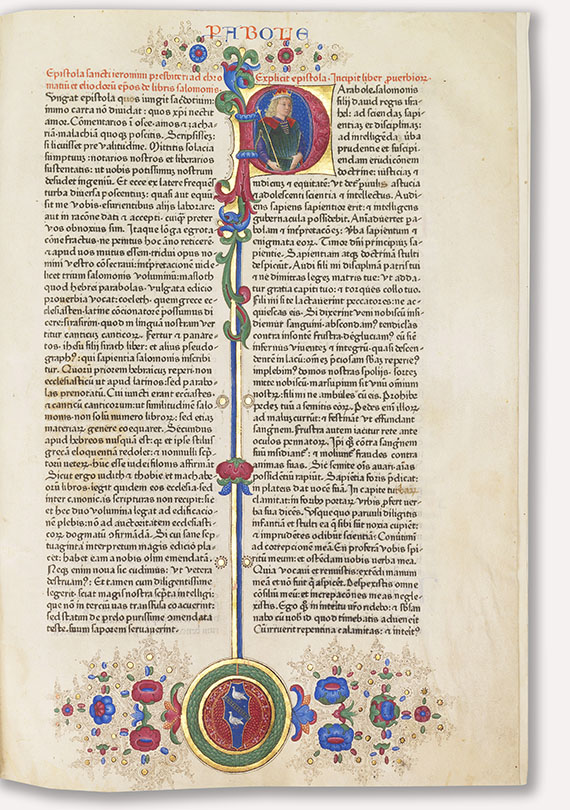Dictionary


Socialist Realism
The ideological roots of Socialist Realism can be found in Marxism and Leninism and their basic ideas of a class society. It was the revolutionary awareness in the Soviet Union that had made for the origin of Socialist Realism, before it was gradually converted and used for a state-imposed kind of propaganda art.
Examples of socialist realist art are found in painting, sculpting, architecture and also in applied arts, its style is obliged to the three basic virtues of quality, truth and partiality.
In the light of World War I and the October Revolution, the preferred range of topics covered by Socialist Realism comprised the social and socialist dawn as of 1917. A pluralism of styles was characteristic for the early phase, both abstract and figurative art were equally represented.
The Central Committee of the Communist Party under Josef Stalin declared Socialist realism the Soviet Union's only valid and binding esthetic concept, this idea endured up until the fall of communism. Socialist Realism was the only accepted form of art from then on, finding expression in realistic, populist and easy to grasp propaganda paintings. The principles of Socialist Realism also strongly influenced state-imposed art in the GDR and in China.
Important representatives are Tatjana Jablonskaja, Isaak Brodski, Alexander Deineka, Viktor Popkow, Wassilij Jefanow and Alexander Gerassimow.
The ideological roots of Socialist Realism can be found in Marxism and Leninism and their basic ideas of a class society. It was the revolutionary awareness in the Soviet Union that had made for the origin of Socialist Realism, before it was gradually converted and used for a state-imposed kind of propaganda art.
Examples of socialist realist art are found in painting, sculpting, architecture and also in applied arts, its style is obliged to the three basic virtues of quality, truth and partiality.
In the light of World War I and the October Revolution, the preferred range of topics covered by Socialist Realism comprised the social and socialist dawn as of 1917. A pluralism of styles was characteristic for the early phase, both abstract and figurative art were equally represented.
The Central Committee of the Communist Party under Josef Stalin declared Socialist realism the Soviet Union's only valid and binding esthetic concept, this idea endured up until the fall of communism. Socialist Realism was the only accepted form of art from then on, finding expression in realistic, populist and easy to grasp propaganda paintings. The principles of Socialist Realism also strongly influenced state-imposed art in the GDR and in China.
Important representatives are Tatjana Jablonskaja, Isaak Brodski, Alexander Deineka, Viktor Popkow, Wassilij Jefanow and Alexander Gerassimow.
Offers


